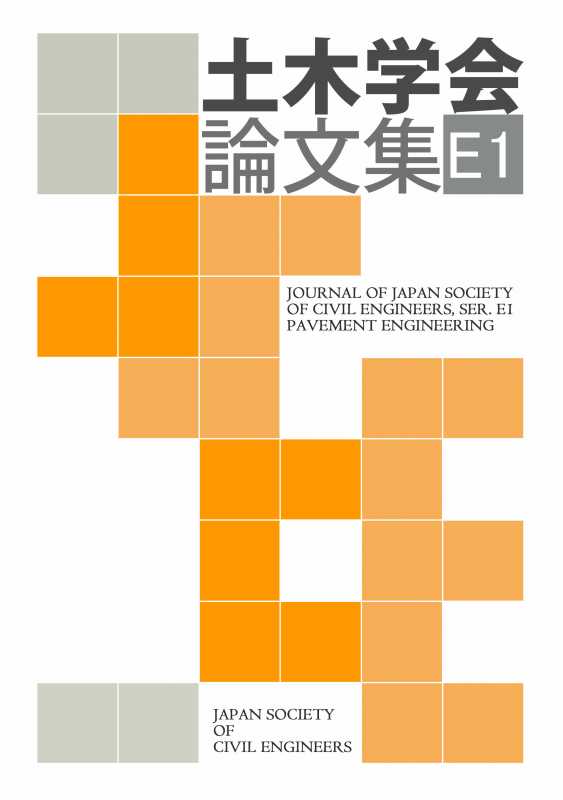Volume 77, Issue 1
Displaying 1-5 of 5 articles from this issue
- |<
- <
- 1
- >
- >|
Paper (In Japanese)
-
2021Volume 77Issue 1 Pages 1-11
Published: 2021
Released on J-STAGE: March 20, 2021
Download PDF (1912K) -
2021Volume 77Issue 1 Pages 21-27
Published: 2021
Released on J-STAGE: July 20, 2021
Download PDF (4158K) -
2021Volume 77Issue 1 Pages 28-38
Published: 2021
Released on J-STAGE: November 20, 2021
Download PDF (2729K) -
2021Volume 77Issue 1 Pages 39-52
Published: 2021
Released on J-STAGE: December 20, 2021
Download PDF (1781K)
Technical Report (In Japanese)
-
2021Volume 77Issue 1 Pages 12-20
Published: 2021
Released on J-STAGE: July 20, 2021
Download PDF (511K)
- |<
- <
- 1
- >
- >|
